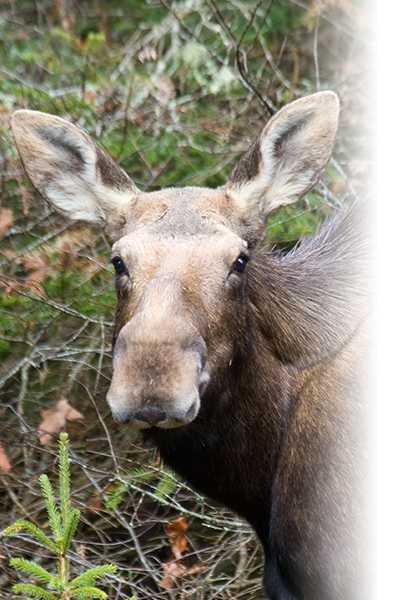Wild Works is a new, annual white paper series that will highlight cutting edge science by leading experts. It will cover a range of topics over time that intersect with wilderness conservation such as wild carbon to the impacts of recreation, connectivity, and rewilding.
Volume 1: Wild Carbon
Wild Carbon, by Mark G. Anderson, is a timely piece about the critical, and often misunderstood, role of old and wild forests as they relate to carbon storage. Recent science is clear: wild forests, especially old ones, are spectacularly unique in their ability to store vast amounts of carbon.
Our work has never been more important than now, as we work together to identify and implement solutions to the entwined dual crises of climate change and biodiversity loss. Our growing board and staff remain busy exploring ways to ensure that we are acting in the most effective, efficient, and productive way possible—all for the benefit of wild earth.
We invite you to learn more about why permanently protecting forests and allowing them to grow in landscapes free from direct human manipulation is proving to be one of the most effective and cost efficient methods available to address climate change.
Volume 1.1: Wild Carbon Supplement
Wild Carbon’s 2021 Supplement, by Mark G. Anderson, builds upon the case for old and wild forests as natural climate solutions using recent research. Not only do old forests store vast amounts of carbon, their ability to sequester carbon rivals that of recently cut forests when accounting for respiration.
The role of forests and intact ecosystems in lessening the impacts of an already turbulent climate is immense. First, we must do all we can to preserve and protect existing healthy and old forests to avoid their conversion and loss. Second, we must allow forests to rewild and reach the grandeur of old age, sequestering and storing carbon to their fullest potential.
Volume 2: Biodiversity
In Biodiversity: The Language of Wilderness, author Janet McMahon shows how old forests offer niche and under-represented habitat types. Old forest thus support higher levels of biodiversity across many taxa, acting as lifeboats in the face of a rapid crisis of extinction, habitat loss, and decline of wild populations.




